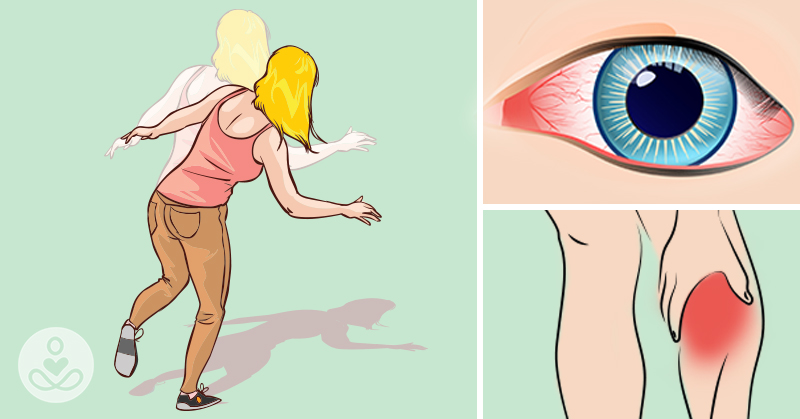Are you always cold, only to break out into terrible sweats, especially at night time? Do you constantly feel tired or weak, like you are in a fog, and can’t focus? Is every day a question of whether or not you’ll get a headache or have digestive problems?
The first steps to combatting these symptoms are eating, exercising more and getting more sleep. However, if you are like thousands of other people and find that these symptoms continue to persist no matter what you do, it’s a red flag. You might need to turn your attention to the role of indoor air pollution and mold in your home.
What is Indoor Air Pollution?
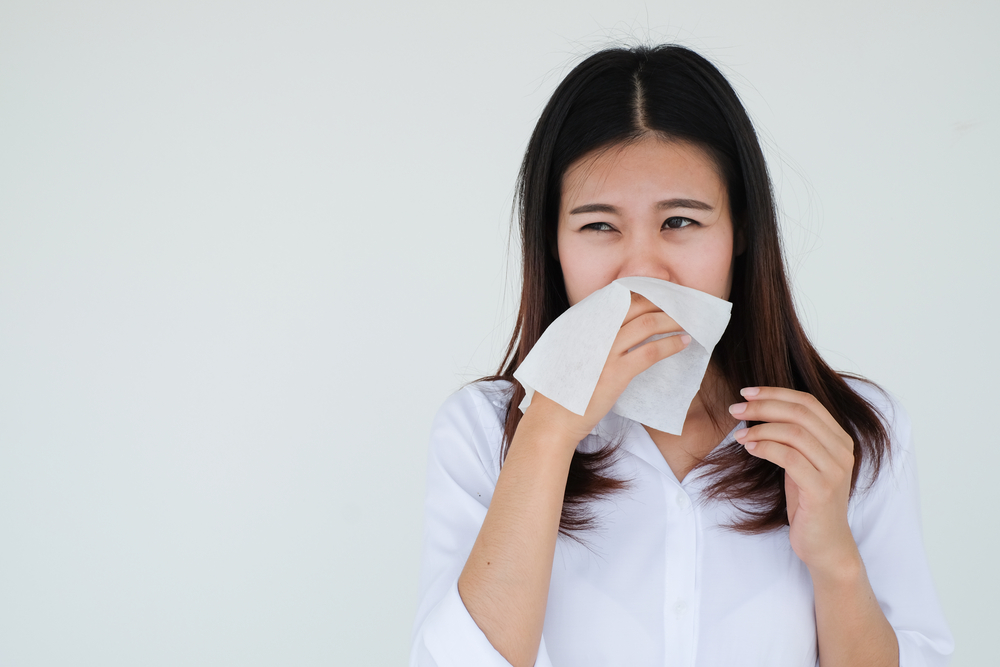
Indoor Air Quality (IAQ) refers to the quality of the air in and around buildings and how it affects the health and comfort of the people living and working in those spaces. Monitoring and keeping indoor air pollution as low as possible is critical. The effects of being exposed to poor indoor air quality, toxic odors and molds can have immediate and long-term health effects. These effects can range from moderate (itchy eyes/runny nose) to extremely dangerous (loss of consciousness/ respiratory problems). (6, 7)
Whether people like to acknowledge it or not, every home contains indoor air pollutants. It’s just a matter of how much or little pollution is present. Pollutants inside a home or building most often come from mold and mold spores hiding in any number of places. Mold spores release toxins into the air that we then breathe in (5) and unfortunately, it is common for these symptoms to go undetected or be mistaken for something else. Other chemicals that affect the quality of the air inside your home are volatile organic compounds (VOCs), fragrances, and other chemicals used to make laundry detergents, clothing, carpets, and upholstery.
Read More: Warning: 4 Common Vitamins Can Become Toxic If You Take Too Much
3 Types of Molds
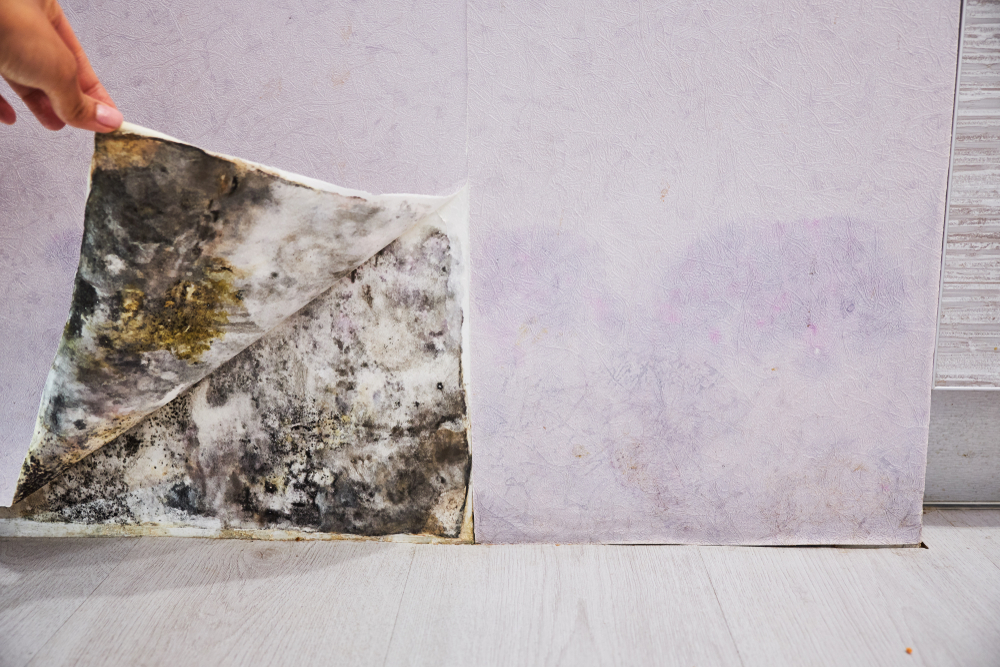
Mold can grow in different forms and varieties, each with its own unique characteristics and potential health effects. Knowing the three main types of molds is essential for understanding how to identify and manage them effectively in your home or workplace. Here’s a brief overview of the three main types of molds:
Allergenic molds:

These are the least dangerous of the molds, but can still aggravate asthma and cause allergy-like symptoms. Allergenic molds include:
- Aspergillus: House dust, found in warm, damp climates
- Penicillium: Found in carpet, wallpaper, decaying/old fabrics, and in some insulation. They can cause asthma and allergies, though some species can produce mycotoxins
- Cladosporium: Grows on wood, textiles, and other damp, porous materials. These can cause asthma-like symptoms, but can also cause fevers (5, 8, 9, 10, 11, 12)
Pathogenic molds:
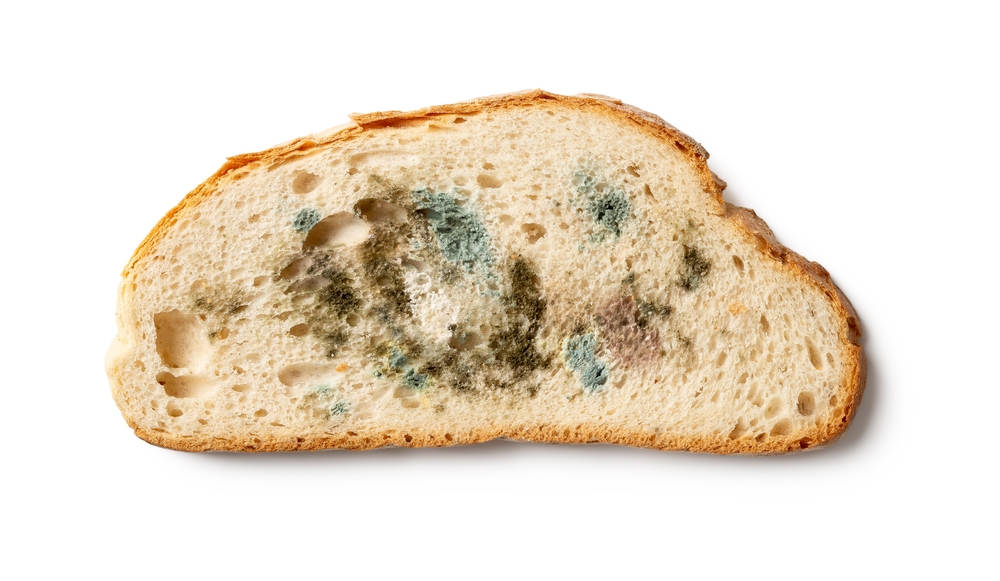
- Some types of Penicillium and Cladosporium
- Alternaria: Found on organic materials, textiles, stored food, canvas, cardboard, paper, and even electrical cables, as long as there is dampness or moisture. After being inhaled by humans, it is usually found in the mouth, nose, and upper respiratory tract, causing allergy-like symptoms that can lead to potentially fatal asthma. (5, 8, 9, 10, 11, 12)
Toxigenic molds:
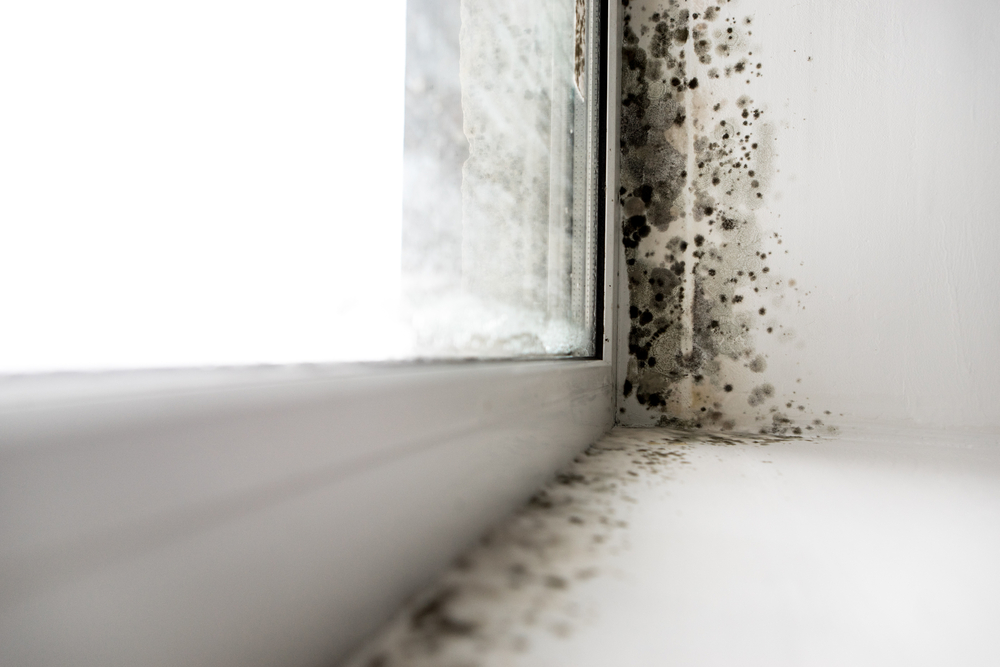
- These are the highly dangerous and potentially deadly Stachybotrys, also known as black mold. They are usually found on paper and wood and can cause serious breathing problems and bleeding lungs.(5, 8, 9, 10, 11, 12)
Read More: Is Laundry Detergent Toxic? 7 Questionable Ingredients to Look Out For
The Signs and Symptoms of Indoor Air Pollution and Mold Illness
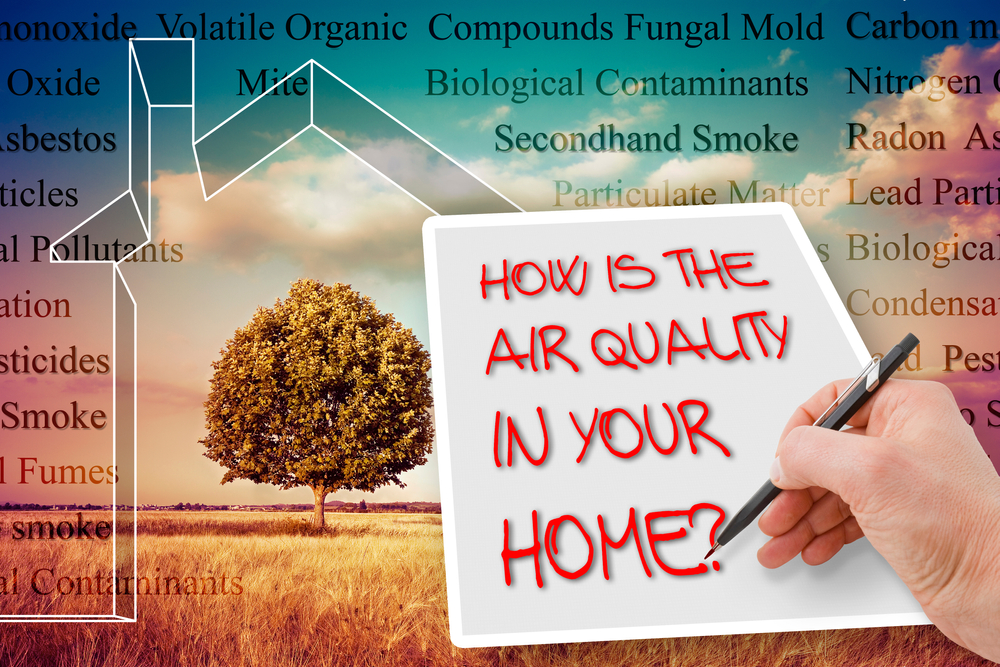
While many of these symptoms can be an immediate result of exposure to molds and indoor pollutants, the more serious symptoms can be long-term and become gradually worse over time, due to constant or repeated exposure to the toxins (1, 2)
Symptoms can include:
- Eye problems (red eyes or sensitivity to light)
- Vertigo and tremors
- Temperature regulation difficulties or night sweats
- Weakness and fatigue
- Excessive thirst and increased urination
- Headaches, brain fog, memory problems, trouble focusing
- Tingling sensation and numbness
- Unexplained muscle cramps, muscle pain, joint pain, and persistent nerve pain
- Asthma and sinus issues (coughs and shortness of breath)
- Digestive issues (diarrhea, nausea, appetite loss, abdominal pain)
How to Remove Indoor Air Pollution from Your Home
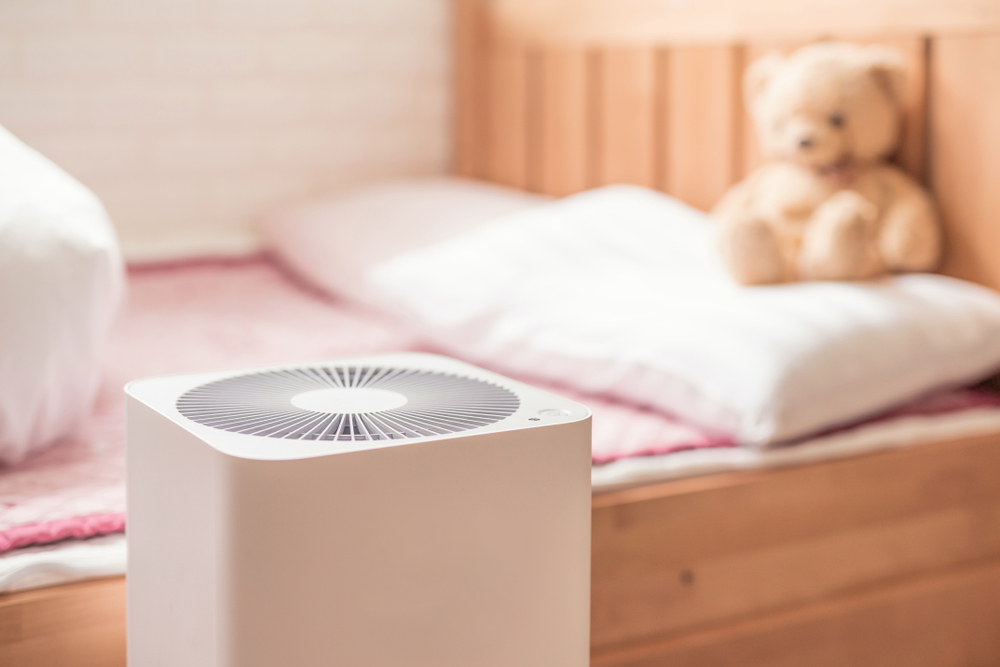
No matter if your house is fifty years old or brand-new, mold and indoor air pollution is present. If you are experiencing any of the above symptoms, you should consider taking the following steps to improve the air quality in your home.
Note: if you would like to test the air quality in your home, you can hire a professional or purchase an at-home air quality testing kit.
Step 1: Get an air purifier
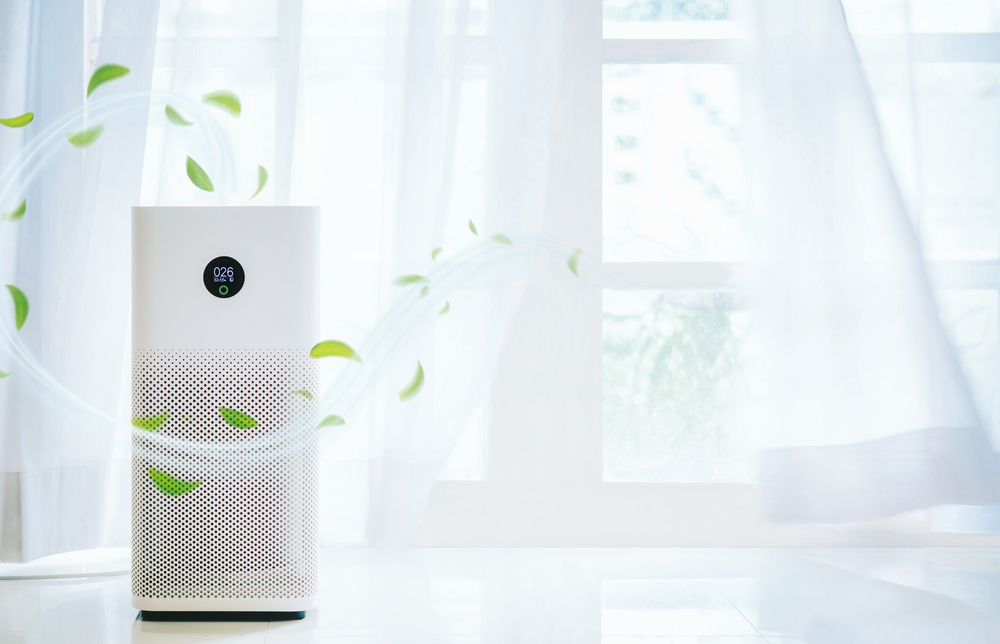
The easiest, most effective way to ensure you are breathing clean air is to use an air purifier, especially on the days when it is too hot or too cold to open the windows. Air purifiers use filters with specific elements in them that bring the air in, filter out the malodors, volatile organic compounds, fragrances, and other chemicals and particles in the air, and pump out clean, fresh air throughout the room.
When choosing an air purifier, opt for one that uses nanoactive metal oxides to capture and neutralize toxins. Most popular air purifiers use carbon filtration, however, these do not neutralize toxins and simply capture them, making them vulnerable to being re-released into the air. They’re recent updated air purifier even uses technology that not only traps but kills organisms faster and more effectively.
It is important to remember to replace the filters on your air purifier according to the manufacturer’s recommendations to ensure your purifier continues to work properly. (2, 3, 5, 6)
Step 2: Purchase filters for your HVAC system
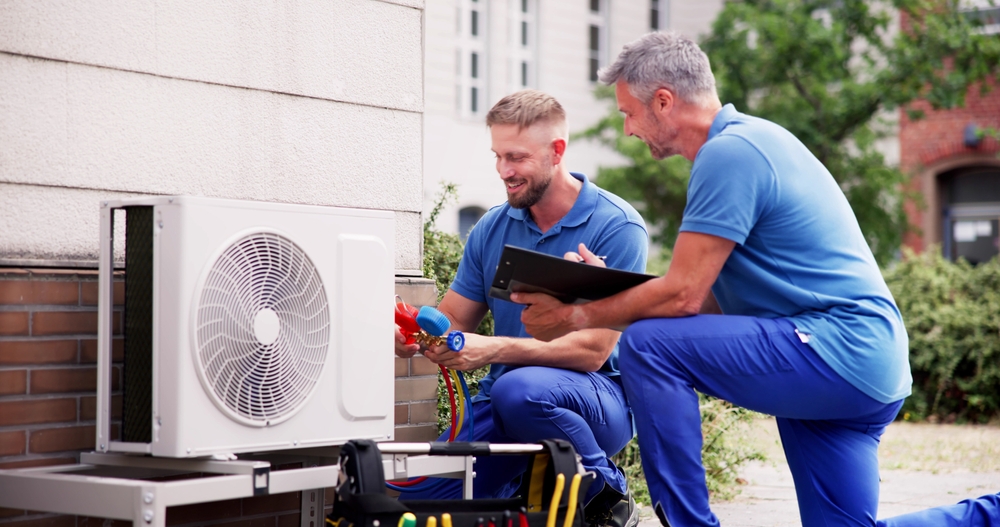
Another way to ensure toxin-free air in your home is by making the most of your HVAC system. You can also get specialty HVAC filters that remove chemical odors and volatile organic compounds from your air, not just dust and bacteria like most ordinary HVAC filtration systems.
Read More: Are Your Pillows Toxic?
Step 3: Address The Kitchen
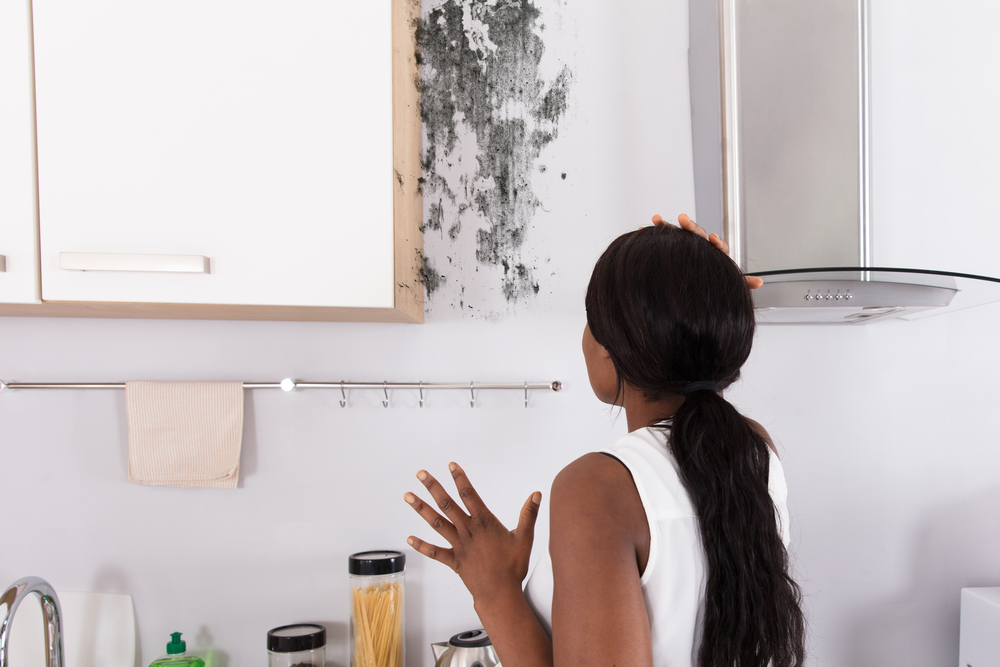
Mold can hide in many places in your kitchen, especially under the sink and behind appliances like the refrigerator and dishwasher, where there is often excess moisture.
To prevent mold from growing in your kitchen:
- Clean appliances often, making sure to fully dry them
- Fix leaks as soon as possible
- Clean and dry spills or splatters
- Cook with the overhead fan on
- Open windows on nice days to allow airflow
If you do find mold growth in your kitchen, bring in your mobile air purifier, and get ready to clean out some mold. To clean it up, try combining two teaspoons of tea tree oil and two cups of water in a spray bottle and spray on the mold without rinsing. You can also pour white vinegar in a spray bottle to spray on the mold and then let sit without rinsing. Either of these methods should take care of your mold problem naturally and without scrubbing. (2, 3, 5, 6, 13, 14)
The exception to this is if you find black mold anywhere in your home. Black mold can be extremely toxic and should be assessed and handled by a professional. Lastly, you may also find that your kitchen sink not only gets dirty but can also start to stink sometimes. Instead of using bleach or harmful chemicals to clean and deodorize your sink, try using a natural castile soap based product instead.
Step 4: Address The Bathroom
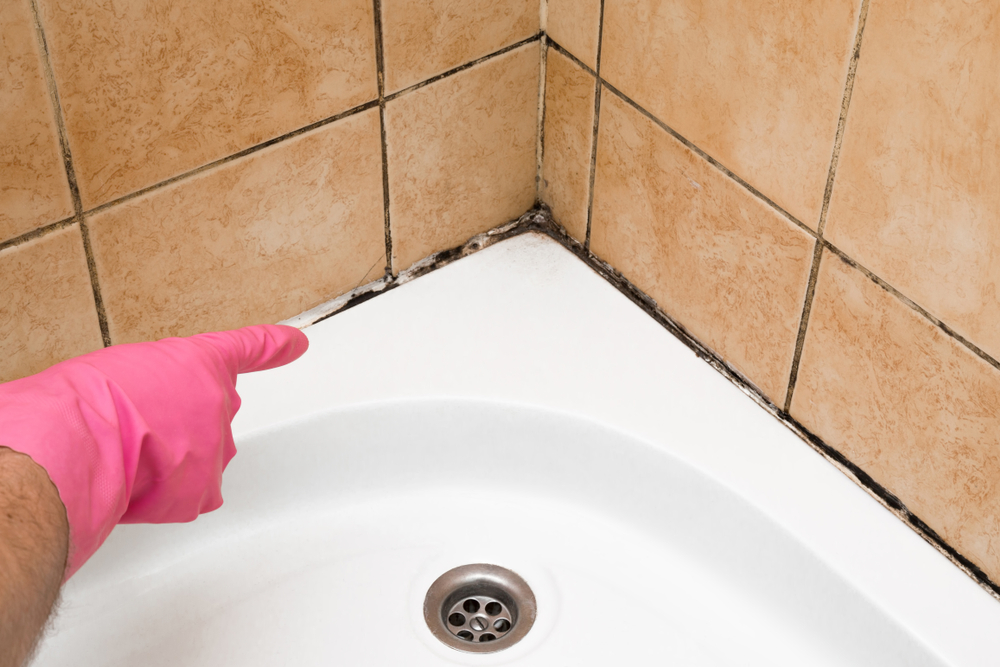
The bathroom is one of the most common places to find mold in a home – it can build up on and around the toilet, under the sink, on folds in the shower curtain, on wet towels, between cracks in the tiles, and even on ceilings and walls!
To reduce toxin exposure and prevent mold from growing in the bathroom:
- Turn the fan on every time you shower
- Hang your towels and wash them regularly
- Ensure that you don’t leave any water behind.
- Use non-toxic hand soaps and cleaners to prevent exposing yourself to even more indoor air pollution. (2, 3, 5, 6)
Step 5: Address The Laundry Room
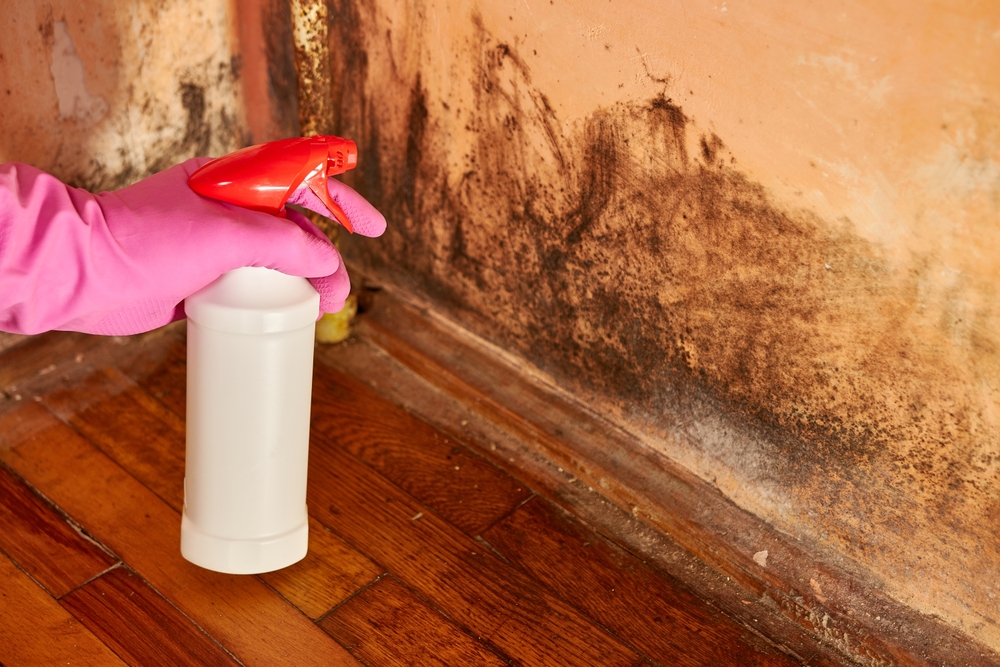
The laundry room is one of the biggest offenders of indoor air pollution, and not just because of the water that gets used. Many of the fabrics used to make our clothes are full of toxins and chemicals that we put directly on our skin. To top it off, we then wash those clothes in products that are harmful to us and the environment.
Thankfully, there are non-toxic laundry products out there that will remove toxic vapors and fragrances from your clothes. (2, 3, 5, 6). When selecting a product, make sure it doesn’t use fragrances and chemicals to cover up bad odors; instead, it should neutralize odors and toxins to effectively deodorize fabrics and materials.
Step 6: Address Your Carpet and Upholstery
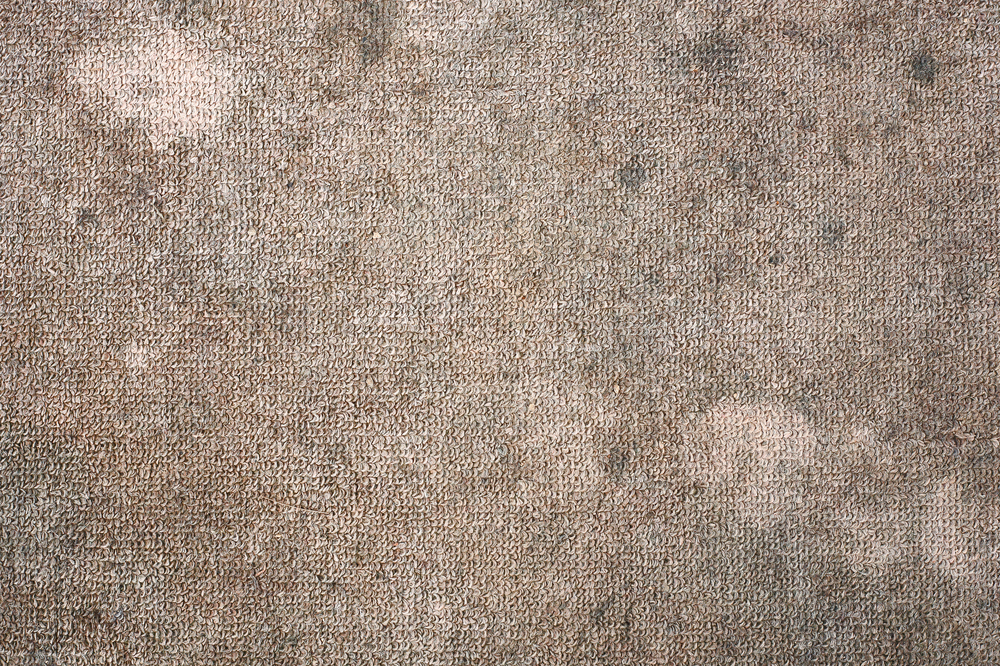
Carpets and couches often provide the perfect growing conditions for mold and can harbor any number of toxic substances, such as flame-retardant chemicals and fragrances. Unfortunately, while many conventional carpet and fabric cleaners can remove mold, they also contain chemicals that can trigger irritation and allergic reactions.
Try using a non-toxic odor eliminator to clean and remove odors and chemical vapors from mattresses, couches, carpets, and even wood flooring. (2, 3, 5, 6)
Read More: The 10 Most Toxic Items At Dollar Stores
Other Places Mold Can Grow in Your Home
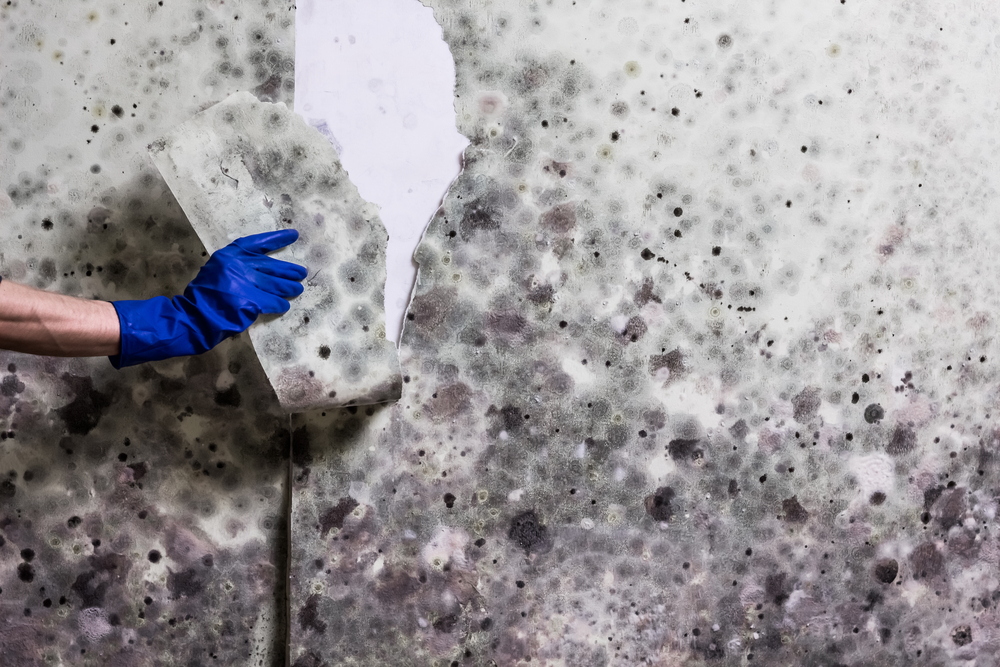
There are a number of other places to watch out for mold growth and toxic vapors in your home. While having an air purifier will help to reduce this risk and clean your air, it is important to take care of these items and places and clean the mold right away if you notice any growth: (2, 3, 5, 6)
- Yoga mats
- Wallpaper
- Air conditioners
- Water filters
- Knife block
- Can opener
- Blender gasket
- Coffeemaker
- Microwave
- Crawlspace
- Attics
- Basements
- Window Ledges
- Chimneys
- Drywall
Indoor air pollution should be taken seriously to avoid serious health problems for you and your family. Be sure to always follow the above recommendations for reducing the risk of mold in your home, and always use protection like gloves and face masks when cleaning mold. If you think your home has a systemic mold problem, seek professional help immediately and stay out of your home until it is resolved.
Read More: I Almost Died From Toxic Shock Syndrome and It Had Nothing to Do With a Tampon
Sources
- “Top 8 Hidden Places You Might Find Mold.” Allergy and Air. July 27, 2015.
- “Introduction to Indoor Air Quality.” EPA
- “Alternaria: A Well Recognized Allergy Causing Fungus….” MBL. Dr Jackson Kung’u
- “Where Aspergillosis Comes From.” CDC
- “Penicillium.” MBL. Dr Jackson Kung’u
- “Significance of Airborne Cladosporium in Indoor Air Quality.” MBL. Dr Jackson Kung’u
- “Facts about Stachybotrys chartarum.” CDC
- Care2
- “How to Prevent Mold in the Kitchen.” Wiki How. September 3, 2020.
